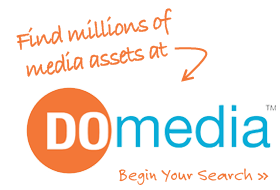
While it could be argued that the earliest billboards were cave paintings or even Egyptian obelisks, the genesis of the billboards we know today probably started with the invention of the printing press by Johannes Gutenberg in the 1440s. His invention gave rise to handbills, which are small paper advertisements that were often posted in public places. The first billboards! Yes, the advent of the printing press gave birth to the Renaissance, mass communication, and billboard advertising.
The next major technological advancement came in 1796, when Alois Senefelder invented the lithographic printing process. Lithography is a type of printing that allowed artists to make copies of their work without having to carve them out into plates as they had to with the printing press. Instead, they created their artwork on a plate using grease-based materials. Once the artwork was finished, it could easily be reproduced. This allowed illustrated posters to be mass produced in color for the first time.
The first modern billboard is often attributed to Jared Bell. In 1835 he created a fifty square foot color poster advertisement for The Ringling Bros. Barnum & Bailey Circus. This wouldn’t have been possible without lithography.
The circus posters gained popularity and billboard advertising evolved and became big business. In the late 1800s and early 1900s, billboard associations (including the OAAA) were created and best practices were established in the United States. The construction of the Interstate Highway System in the 1950s created the perfect space for billboards to flourish. In fact, billboards were so plentiful on the interstate that in 1965 President Johnson signed the Highway Beautification Act. The act put certain restrictions on the sizing and spacing of billboards on the interstate. Many of these standards and regulations were the foundation for the billboard industry we know today.
Much has changed in the way billboards are created. Nowadays, billboards are generally printed on vinyl material using computers. There are also digital and interactive billboards. Billboards that are connected to the internet. We have certainly come a long way since Gutenberg.




